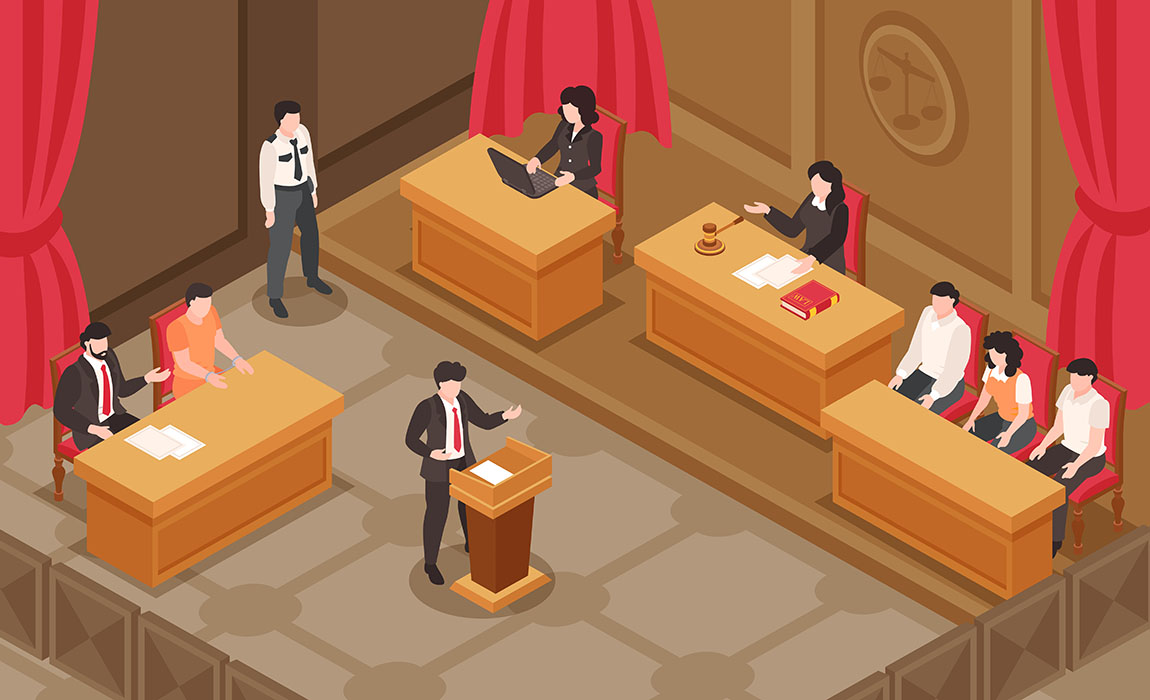
UCC Debate: Legal and Constitutional Analysis
The debate surrounding the Uniform Civil Code (UCC) has once again surfaced at the centre of India’s legal and political discourse. Rooted in Article 44 of the Constitution, which directs the State to “endeavour to secure for the citizens a uniform civil code throughout the territory of India,” the UCC has remained one of the most controversial and complex issues facing the Indian Republic. While the judiciary has time and again highlighted the need for a uniform civil law, the legislature continues to tread cautiously, citing India’s religious diversity and socio-political sensitivities.
At its core, the UCC aims to unify personal laws across religions—marriage, divorce, inheritance, adoption—under a common framework. The premise is equality: all citizens, irrespective of religion, should be governed by the same set of civil laws. However, in a country as culturally and religiously diverse as India, the road to such uniformity is fraught with legal, constitutional, and social tensions.
The judiciary has been vocal, if not insistent. In the landmark Shah Bano case (1985), the Supreme Court strongly advocated for the UCC, noting that the lack of it perpetuated injustice, particularly towards women. The issue resurfaced in Sarla Mudgal v. Union of India (1995), the Court criticised the misuse of religious conversion to circumvent monogamy laws. In these and many subsequent judgments, the judiciary has expressed frustration over the State’s inertia in implementing Article 44.
But the UCC cannot be examined in isolation. It must be weighed against the fundamental right to freedom of religion under Article 25, which allows citizens to profess, practice, and propagate their faith. Personal laws, especially those governing marriage and succession, are often considered intrinsic to religious practice. This gives rise to a constitutional dilemma: when personal law collides with the right to equality and dignity (Articles 14 and 21), which right prevails?
Recent jurisprudence leans towards constitutional morality. In the Sabarimala judgment (2018), the Court made it clear that religious practices cannot override fundamental rights. Such rulings provide the constitutional scaffolding to argue that discriminatory practices, even if religiously sanctioned, must yield to equality and justice.
Yet, the codification of personal laws remains uneven. Hindu personal laws were substantially codified in the 1950s, but Muslim personal law continues to remain largely uncodified, regulated through the Muslim Personal Law (Shariat) Application Act, 1937. This disparity leads to a lack of uniformity in civil matters and raises questions of equality before the law.
The Goa Civil Code, often showcased as a successful example of a UCC in practice, is cited to demonstrate feasibility. However, it too has certain religious exceptions and cannot be replicated nationwide without sensitive recalibration. The Law Commission of India, in its 2018 consultation paper, sensibly opined that the focus should be on “reform of family laws” rather than imposing a blanket UCC, arguing that legal pluralism is not inherently unconstitutional.
Hence, a one-size-fits-all approach may neither be practical nor constitutional. The UCC, if it is to be implemented, must be built on consensus, not compulsion. It must be drafted in a way that ensures gender justice, upholds constitutional values, and at the same time, respects the cultural and religious diversity that defines India.
The judiciary, while it cannot legislate, must continue to safeguard constitutional rights through interpretation. The legislature, on the other hand, must engage in transparent consultation, ensuring that the code is inclusive, non-discriminatory, and culturally sensitive.
In conclusion, the Uniform Civil Code should not be viewed as a tool of assimilation, but as an instrument of harmonisation— to ensure that civil rights are upheld equally, irrespective of faith. India stands at a constitutional crossroad. Whether it chooses the path of inclusive reform or legal stagnation will define the trajectory of its secular and democratic character for generations to come.
